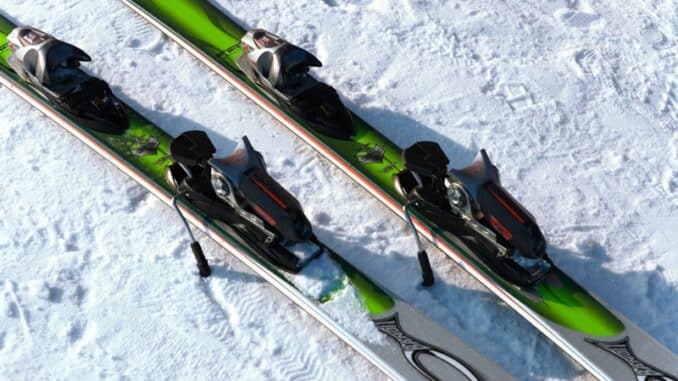
Skis are designed taking many factors into consideration. Yes, it can be a daunting process however if you go to a reputable company they will assist you finding the right ski for you.
Primarily, what is the correct length of ski suitable for you:
Secondly, what is your ability level?
Thirdly what is your riding style?
And what type of terrain do you ski?
Ski Length – Here factors such as your height and weight are taken into consideration then you will be asked what type is your ski category such as the type of snow, which terrain you prefer to ski and your own personal preference. There is a general rule to picking the correct ski length which is somewhere between your chin and the top of your head. However, if you are an advanced or expert skier then you can choose skis that are a little longer than your head height, ski sizing charts can help to guide you, using your height and weight to calculate.
Do you choose a shorter or a longer ski? A shorter ski will be easier for you to turn however it’s not as stable as a longer ski. Carving skis have a thinner waist and a smaller turn radius which means it can be skied at a shorter length than those needed for mountain or freeride skis which have a fatter waist and a large turn radius. Rockered skis are easier to pivot when turning and can be skied longer than camber skis.
Choose shorter skis close to your chin:
You are a beginner or intermediate skier.
You weight less than average for your height.
You don’t ski fast and make short and quick turns.
You choose a carving ski with camber and no rocker.
Choose longer skis closer to the top of your head:
You ski very fast
You weigh more than average for your height.
You prefer to ski off-piste.
You want a ski with a lot of rocker.
For children’s skis, you will be advised which is the best option and they will start on the nursery slopes.
Ability levels
Beginner/Intermediate – A new skier or a skier wanting to improve their basic skills. Suitable skies include softer flex, narrow widths, composite, foam or softer wood cores and capped constructions. You need a ski which is easier to turn and suitable to endure any mistakes, rocker in the tip and tail will help you especially in turning.
Intermediate/ Advanced – Most skiers are at this ability level, the skies are usually wider than that of the beginner/intermediate skis with a stronger wood core and sandwich sidewall construction. The type of ski for intermediate/advanced may have full camber, rocker or even a combination of the two.
Advanced/Expert – whatever the terrain is the advanced and expert skier needs skis which can take on the more aggressive and skilled abilities of this type of skier. A good speed/performance ski needs layers of Titanal, carbon, flax and a variety of other materials which can cope with the demanding conditions. Expert level carving, park, all mountain and powder skis with rocker configurations are what is needed for the advance/expert ski.
As your skiing ability level improves you will need new skis, there is so much more to go into when buying skis but with expert guidance, they will help you. As a beginner you will start on the beginner slopes and improve over time to intermediate and advanced, the way you ski will change and the type of terrain will change too. So for now enjoy taking to the crisp white slopes – happy skiing!
